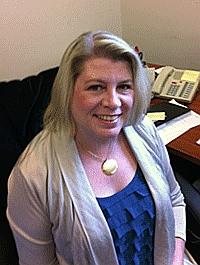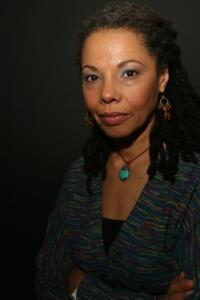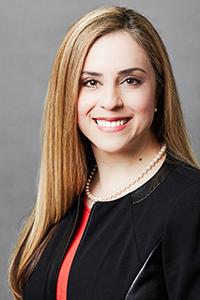Erika Engelhaupt is the online science editor at National Geographic. She also manages the Phenomena blog network, where she writes the blog Gory Details. She was previously a deputy managing editor at Science News magazine, a senior associate editor covering climate change at Environmental Science and Technology, and has written and performed for NPR, The Philadelphia Inquirer, Story Collider, the Boulder, Colo. Daily Camera, and other publications. She lives in Washington, D.C.
Pitch Guidelines
If you have a current contract with NG Digital Media, email pitches to newsroom@ ngs.org (which reaches all the news editors). Please begin each pitch with a proposed headline and one- or two-sentence dek, such as:
Congo Gorilla Killings Fueled by Illegal Charcoal Trade
Last month's gorilla "executions" are the result of a burgeoning illicit charcoal trade that includes government officials, wildlife rangers allege.
Unless you are pitching a very time-sensitive, short lead-time (for example, same day) story that requires immediate approval, please also write a summary of the story as you see it so far—no longer than 200 words. The summary should make clear what angle(s) you plan to follow and what the main points of your story likely will be. We understand that the angle of the story may change as you report it, but this method helps the editors better evaluate your pitch.
Other items we like to see in pitches:
• The people or types of people you will seek out for comment
• A copy of any press release, study, newspaper article, or other source to which your pitch refers, if applicable. If you are covering a study, please try to send a copy with you pitch, especially if it's not from one of the major journals (Science, Nature, Proceedings of the National Academies of Science, etc.)
• Any leads on photos or other imagery
• Any embargoes or other publishing restrictions.
Please always let us know if you have written, or are writing, a similar story for another publication. In rare cases, we approve of our writers covering the same news for another outlet if the treatment is significantly different, but we ask that you let us make that decision before we assign you the job.
If we decide to assign the story, we'll respond with a maximum word count and deadline. If we neglect to give you these, please ask.
SAMPLE PITCH….
PROPOSED, TENTATIVE HEADLINE
Hurricanes foster bat diversity
PROPOSED, TENTATIVE DEK
Though usually harmful, hurricanes also strengthen bat populations by literally picking up the animals and redistributing them in other islands, a Caribbean study shows.
STORY SUMMARY
That strong hurricanes decimate bird and bat populations is certain,
but now a new study finds that there is a silver lining too. They can
lead to increased genetic diversity.
The research team analyzed bat population responses to three strong
hurricanes that struck the northern West Indies in 2004. They found
that while the hurricanes severely depressed bat populations in Grand
Cayman, they also increased DNA diversity.
The team suggests that hurricane winds literally blew bats from
different islands into the Grand Cayman population. These newly
introduced bats injected their foreign DNA into the population and
dramatically increased genetic diversity.
While this is very exciting, the researchers caution that hurricanes
do not always do this as they found that in the Bahamas, changes in
genetic diversity did not follow Hurricanes Frances and Jeanne.
Clearly, the right populations need to be on the right islands in the
right storm for genetic diversity to follow from a hurricane.
SOURCE OF STUDY
This will appear next month in the journal Biotropica. It is not embargoed. I have attached a copy of the study as a whole.
PROPOSED INTERVIEWEES
I'd speak to one of the study authors and a biologist unaffiliated with the study who has documented harmful effects of hurricanes on bats.
IMAGE POTENTIAL
There are good photos and a short video of the bats in question available with the study.


















